
- •Англійська мова
- •Text a. Clothes express me
- •Text b. To sew, or buy ready-to-wear?
- •Alternative ways of dressing well
- •Unit 2 Text a. Getting Ready to Sew
- •Text b. Fabrics
- •Text a. Sewing Machine
- •Inserting the Upper Thread.
- •Text b. Sewing Tools and Aids
- •Text a: Machine Stitches
- •Regulation Stitch
- •Basting Stitch
- •Stitching for Gathering
- •Fig.3Fig.4 Stitching for Reinforcement
- •Zigzag Stitch
- •Running Stitch
- •Basting Stitch
- •Back-Stitch
- •Pinning
- •Stitching
- •Trimming
- •Grading
- •Clipping
- •Unit5 Text a: Sleeves
- •Two-piece Set-In Sleeve
- •Puffed Sleeve
- •Shirt Sleeve
- •Dolman Sleeve
- •Text b: Cuffs
- •Straight Cuff Closed at Ends
- •Straight Cuff with Open Ends
- •Shaped Cuff Closed at Ends
- •Shaped Cuff with Open Ends
- •Cuff Applied with Bias Facing
- •Shirt Cuff
- •French Cuff
- •Round Collar
- •Pointed Collar
- •Sailor Collar
- •Band Collar
- •Patch Pockets
- •Set-in Pockets
- •Inner Pillow Form
- •Pillows without Boxing
- •Pillows with Boxing
- •Shaped Valances
- •Soft Valances
- •Text c: Pillows Covers
- •Separate Pillow Throw, Sewn to Spread
- •Bolster Roll
Text a: Machine Stitches
Key Words and Phrases:
Tension – натяг, basting – наметування, regulation stitch–звичайний стібок, clip – обрізати, anchor – закріпити, reinforcement–закріплення, strain – деформація, напруження, зусилля, splitting – розрив, overcasting– обметування.
Machine stitches are divided into two types—straight and zigzag. The straight-needle machine makes only straight stitches, unless a special attachment is used; whereas the zigzag machine can create both.
Regulation Stitch
This is the stitch used for permanent stitching such as seams, darts and tucks. The length and tension of the stitch may vary according to the fabric used. On most medium-weight fabrics, the regulation stitch is about 12 stitches to the inch; sheers require a finer stitch (16 to the inch); heavy or coarse fabrics generally take 8 to 10 stitches to the inch (Fig.1).
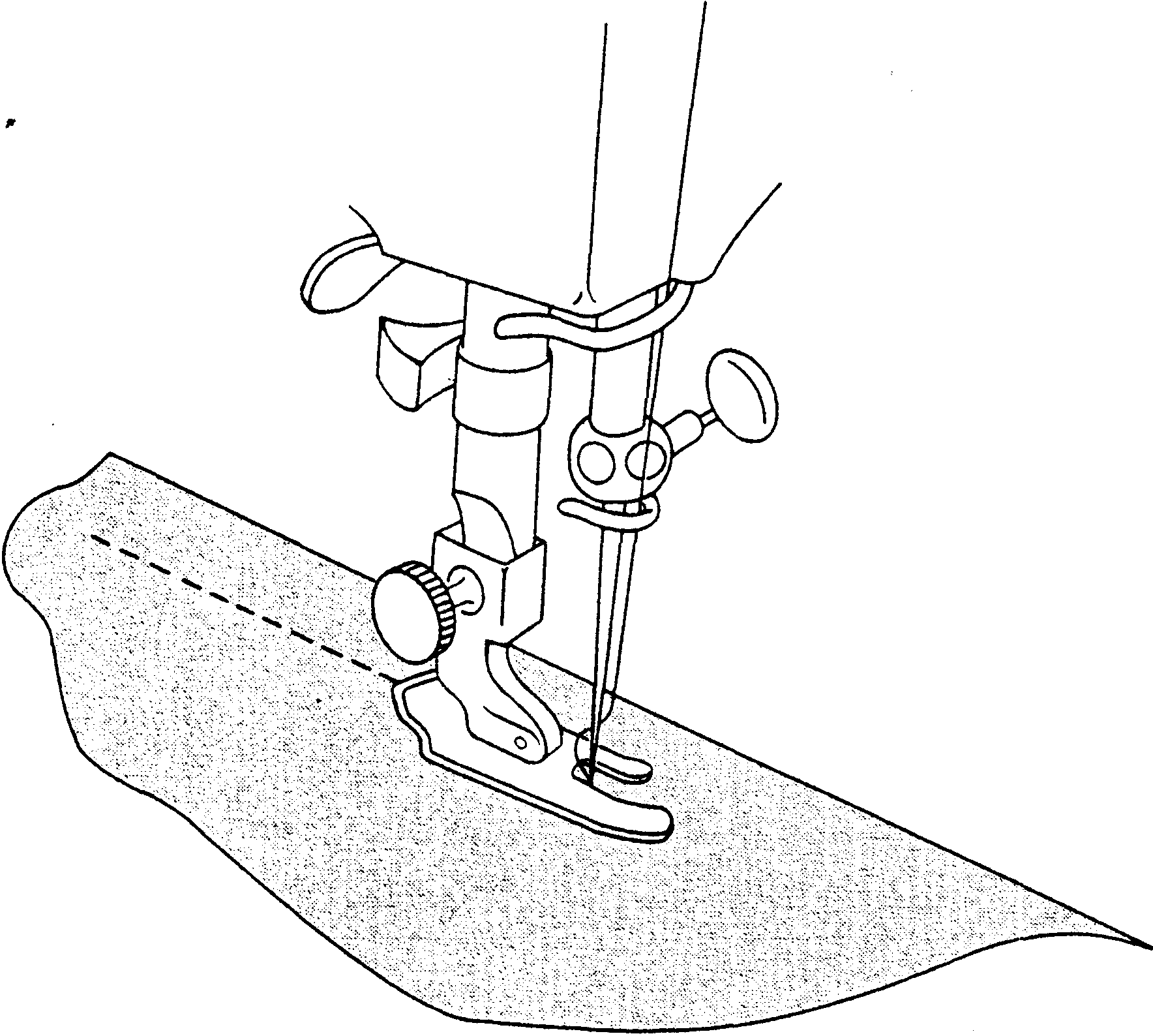
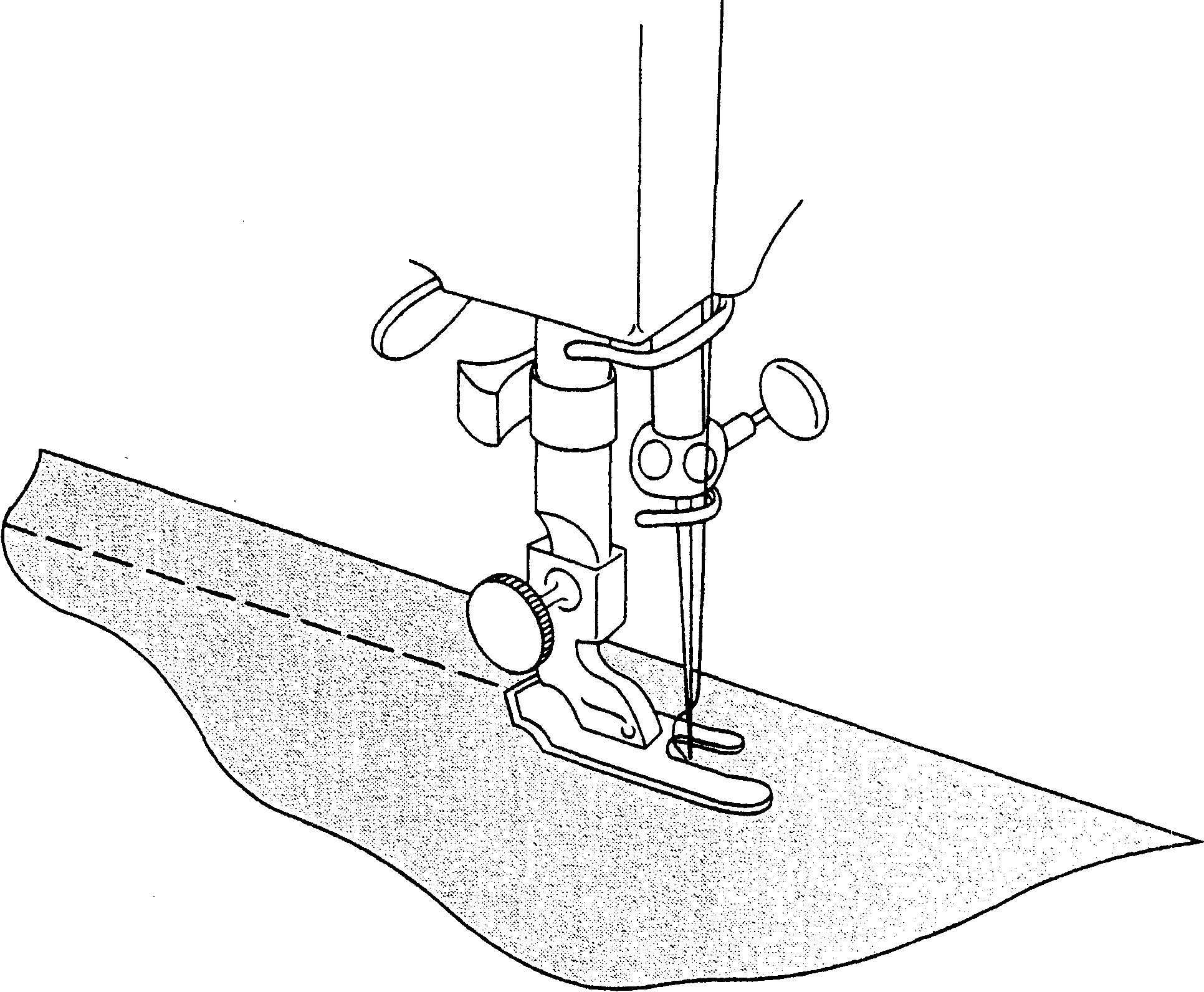
Fig.1 Fig.2
Basting Stitch
Basting stitches are used for temporary joining of sections or details which may require reworking when the garment is fitted or for marking. Use the longest stitch on the machine (6 to 8 per inch) and a contrasting thread so that the markings and bastings are easily seen and easily removed. Use the same tension on the machine as you do for permanent stitching on your fabric. To remove basting, clip the needle thread every few inches and pull out the bobbin thread using small, sharp-pointed scissors (Fig.2).
Stitching for Gathering
Sections which require easing or gathering should be stitched with a long stitch (6 to 10 to the inch) in matching color thread. Leave long threads at the ends of the stitching. Anchor threads at one end around a pin, then pick up the bobbin thread at the other end and gently draw it up to form the amount of easing or gathering needed. The shorter stitch (10 to the inch) will form finer easing or gathering; the longer (6 to the inch) will create fuller easing or gathering. Sometimes a heavier thread is used on the bobbin (Fig.3).

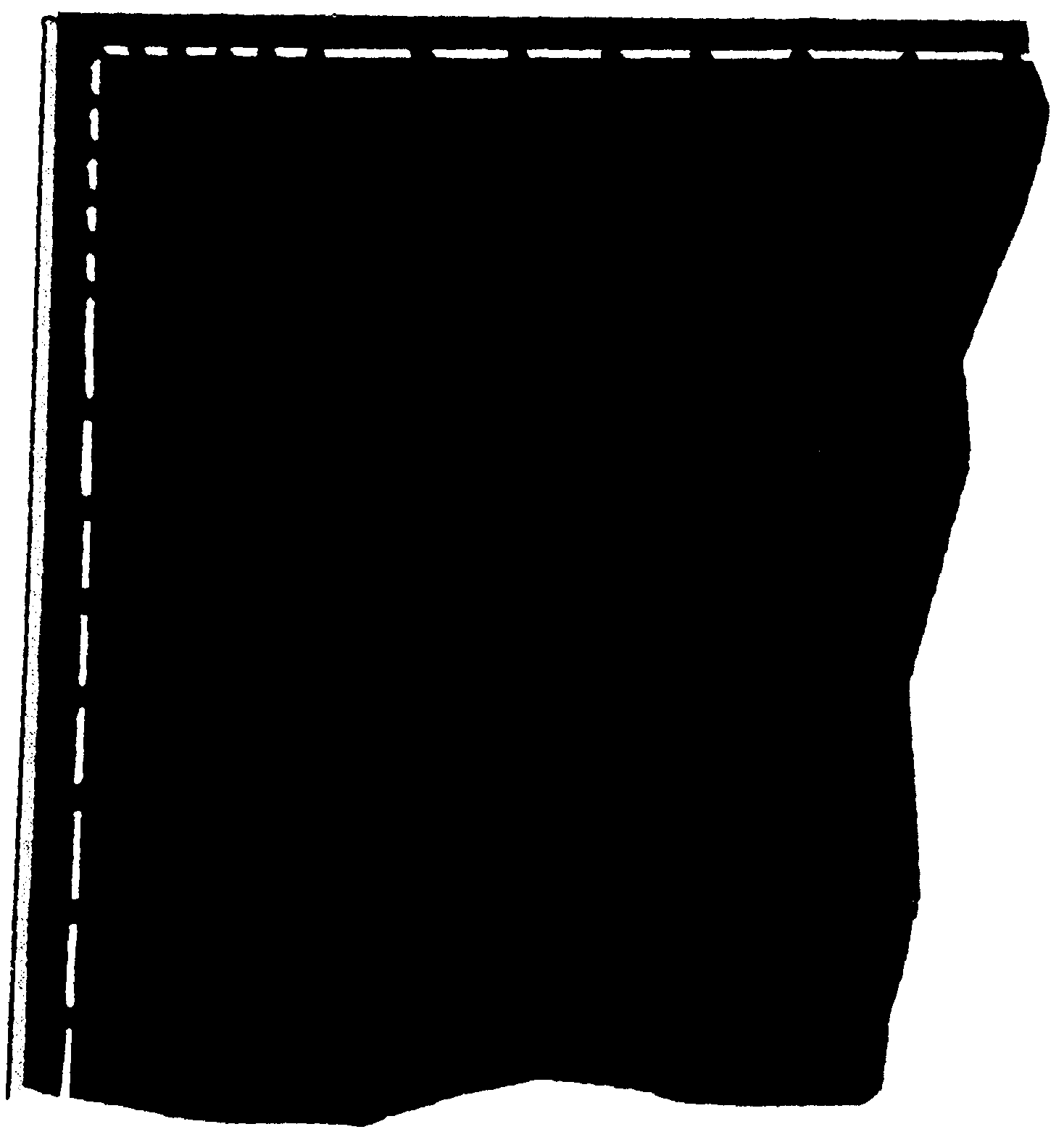
Fig.3Fig.4 Stitching for Reinforcement
Areas where there is strain or a need for reinforcement, such as points of collars, cuffs, gussets, pointed faced openings of necklines, underarm seam of kimono sleeves, will need a finer, tighter stitch, usually 16 to 20 stitches to the inch (Fig.4).
Zigzag Stitch
Zigzag machines are capable of making the zigzag stitch but a straight-needle machine will require a special zigzag attachment. The small zigzag stitch may be used to stitch seams in jersey and loosely woven fabric with bias
seams, giving greater elasticity which helps prevent seam splitting. It can also be used as a seam finish for edges that ravel by stitching close to the raw edge or by overcasting the edge (Fig.5).
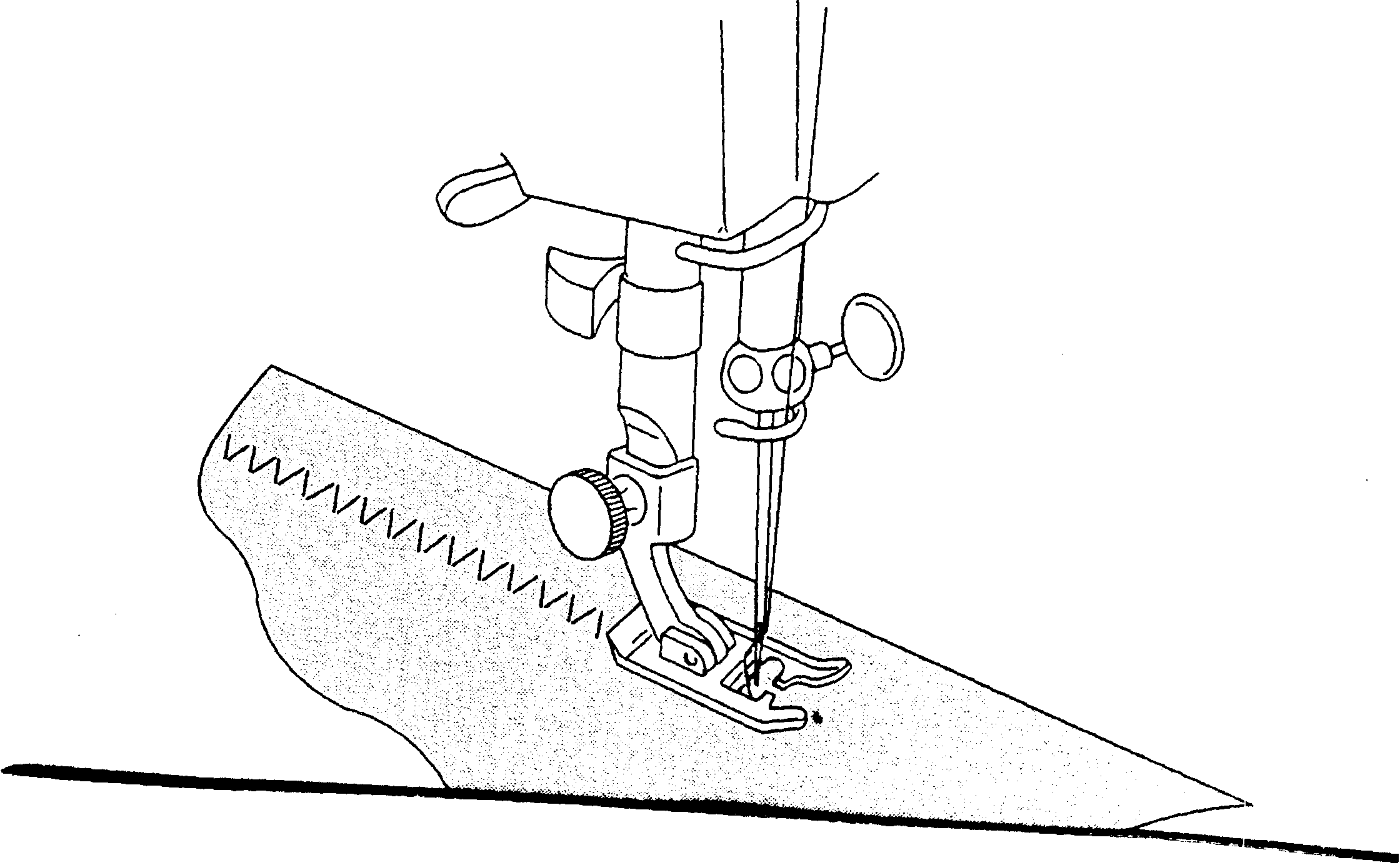
Fig.5
Exercise 1. Answer the following questions:
1. How is the stitch used?
2. What is the regulation stitch on most medium-weight fabrics?
3. When are basting stitches used?
4. How can you form the amount of easing or gathering?
What kinds of stitches are used for points of collars, cuffs, gussets,
and so on?
What does a straight-needle machine require for making the zigzag
stitch?
7. How can you use the zigzag stitch?
Exercise 2. Find the English equivalents of such words from the text:
Виточка, складка, прозорі (легкі), грубі, гострі кінці, лицьова сторона, косий, трикотажна тканина (джерсі), розходитись (обтріпуватись, обсипатись).
Exercise 3. Match each word in the left-hand column with the best meaning in the right-hand column.
1) Regulation stitches a) are used for finishing edges that ravel.
2) Basting stitches b) are used for permanent stitching such as
seams, darts, and tucks.
3) Zigzag stitches c) are used for temporary joining of sections
or details which may require reworking
Exercise 4. Translate into English:
1. Машинні стібки діляться на прямі та зигзагоподібні.
2. Звичайний стібок використовується для швів, виточок і складок.
Для наметування використай найдовший стібок на машині та
контрастну нитку.
Гострі кінці рукавів, манжетів і клинців потребують густішого
стібка.
5. Машинний зигзагоподібний стібок може використовуватись для шиття швів на трикотажній і вільно в’язаній тканині.
Exercise 5. Practise asking and answering questions about the text.
Text B: Hand Stitches
Key Words and Phrases:
Running stitch – зметувальний стібок, quilting – виготовлення стьобаних виробів, basting stitch – наметувальний стібок, interfacing – прокладка, allowance – припуск, overlap –заходити один за другий, hemming stitch – підрублювальний стібок, slanting stitch – косий стібок, catch-stitch – стібок “ялинкою”, overcasting stitch – обметувальний стібок.
Permanent hand stitches are usually worked from right to left unless the directions state otherwise. If you are left-handed you may have to reverse the direction of the stitching. Begin and end any permanent hand stitches with tiny back-stitches on the wrong side of the garment to hold threads securely (Fig.6).
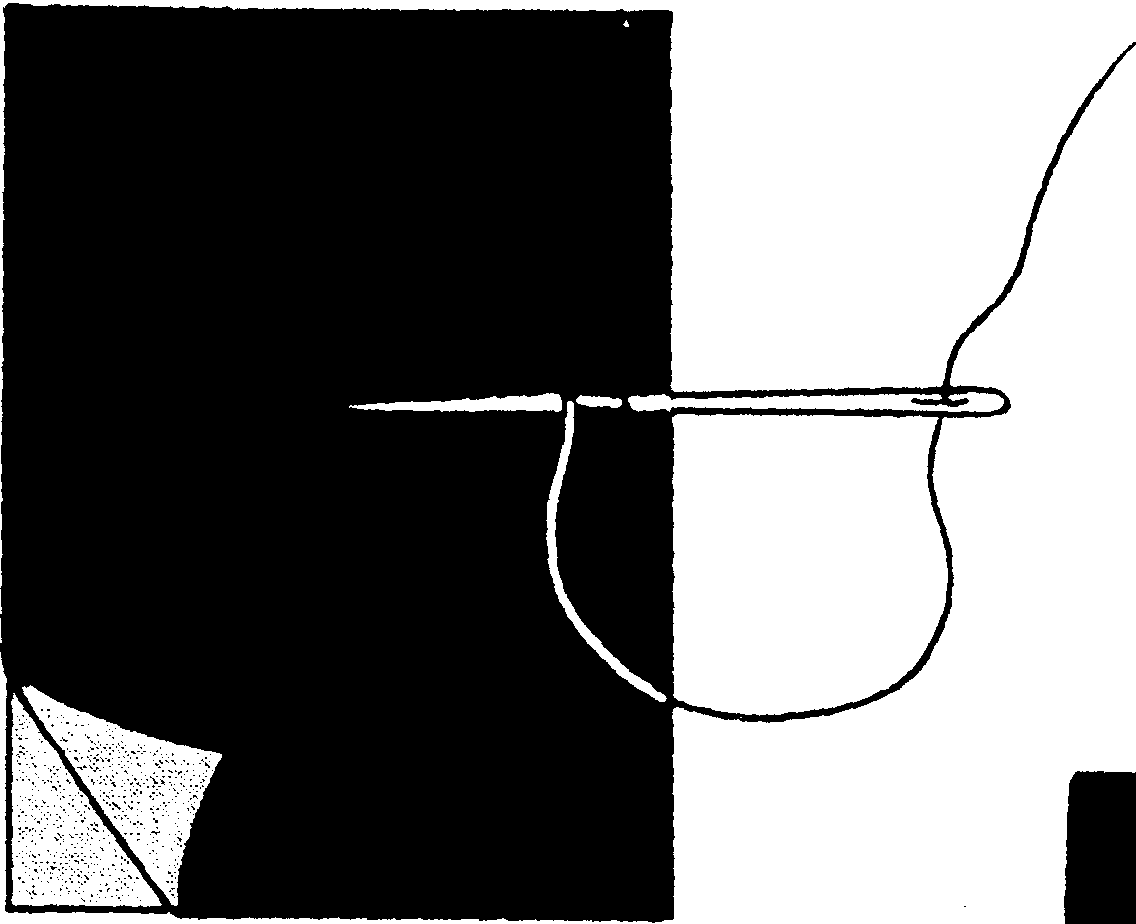

Fig.6 Fig.7
